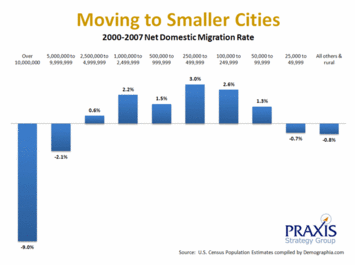Yesterday, an article appeared in the SF Chronicle by C.W. Nevius about an Internet salesman who lives in a tent in Golden Gate Park because housing costs are too high. He works by day at a cafe and pitches his tent at night getting up before dawn when the police do raids to evict illegal campers.
With much of the new development in SF geared towards the flush Web 2.0 crowd, there are fewer and fewer places for the lower middle-class to live. The resident hotels in SF are not pleasant places to live or even visit (I went voter canvassing in a few three years ago).
What is the housing solution for the Tom Sepas of the world? If we ever start seeing 21st Century Hoovervilles, they could be populated by people like him.
A very sobering tale that shatters the popular vision of the everyman Internet worker as some high-flying urban hepcat.













